Figures released by the Office for National Statistics (ONS) show an alarming fall in the UK birth rate. The latest complete set of data (for 2022) show the lowest fertility rate since 1939.
Why Fertility Rate Matters
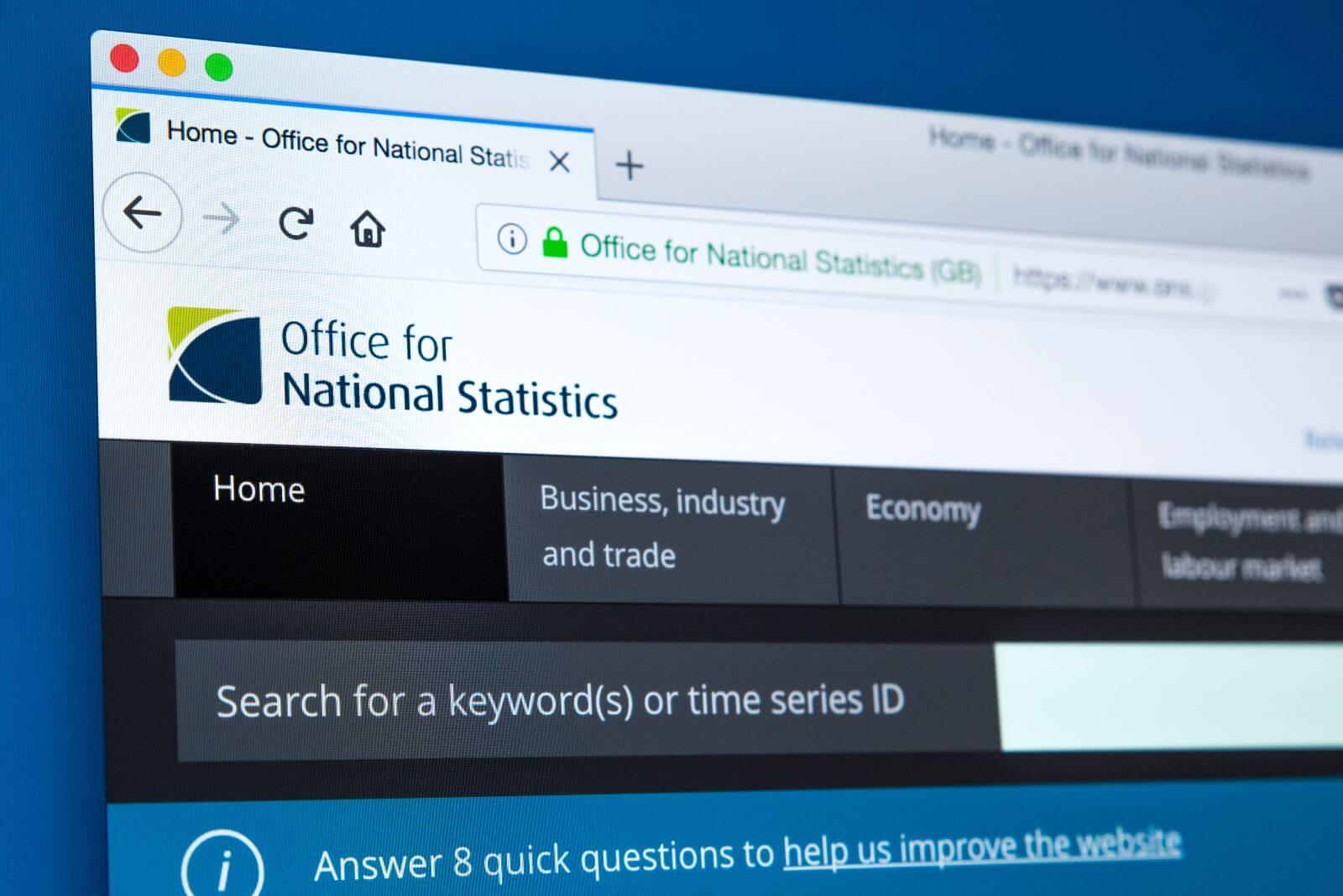
According to the ONS, the total fertility rate (TFR) decreased to 1.49 children per woman in 2022. In order to sustain a population without large-scale immigration, it needs to be 2.1 children per woman.
Birth Rate Dropped by 3.1%
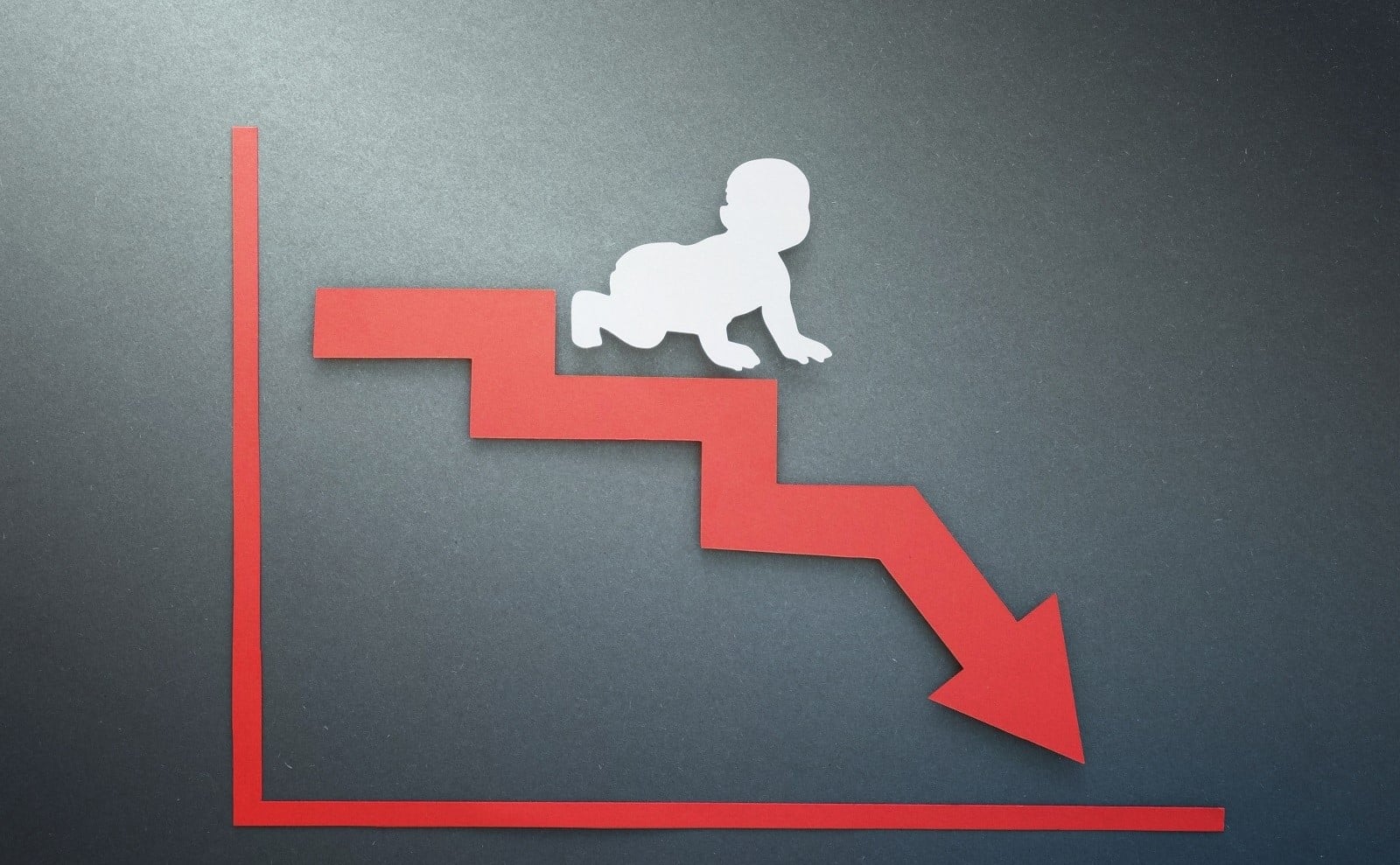
The ONS figures show that In 2022 there were 605,479 live births in England and Wales. This represents a 3.1% decrease from 624,828 in 2021.
Numbers Highlight a Long Term Trend

Worryingly, this figure was the lowest number since 2002. This highlights a downward trend in the birth rate, and could cause economic problems for future generations.
Why Is Birth Rate Dropping?

There’s a number of reasons that have been put forward. A survey by fertility company IVI, showed that 1 in 5 women (21.3%) blamed having difficulty achieving a work-life balance or with the circumstances of their or their partner’s work (20.8%).
Finances Are a Key Issue

The survey also showed that a third of women who want children (33.1%) said that the reason they haven’t yet, or likely won’t be having children is because of money. They simply can’t afford to raise a child and maintain household expenditure.
Monthly Childcare Costs Increasing
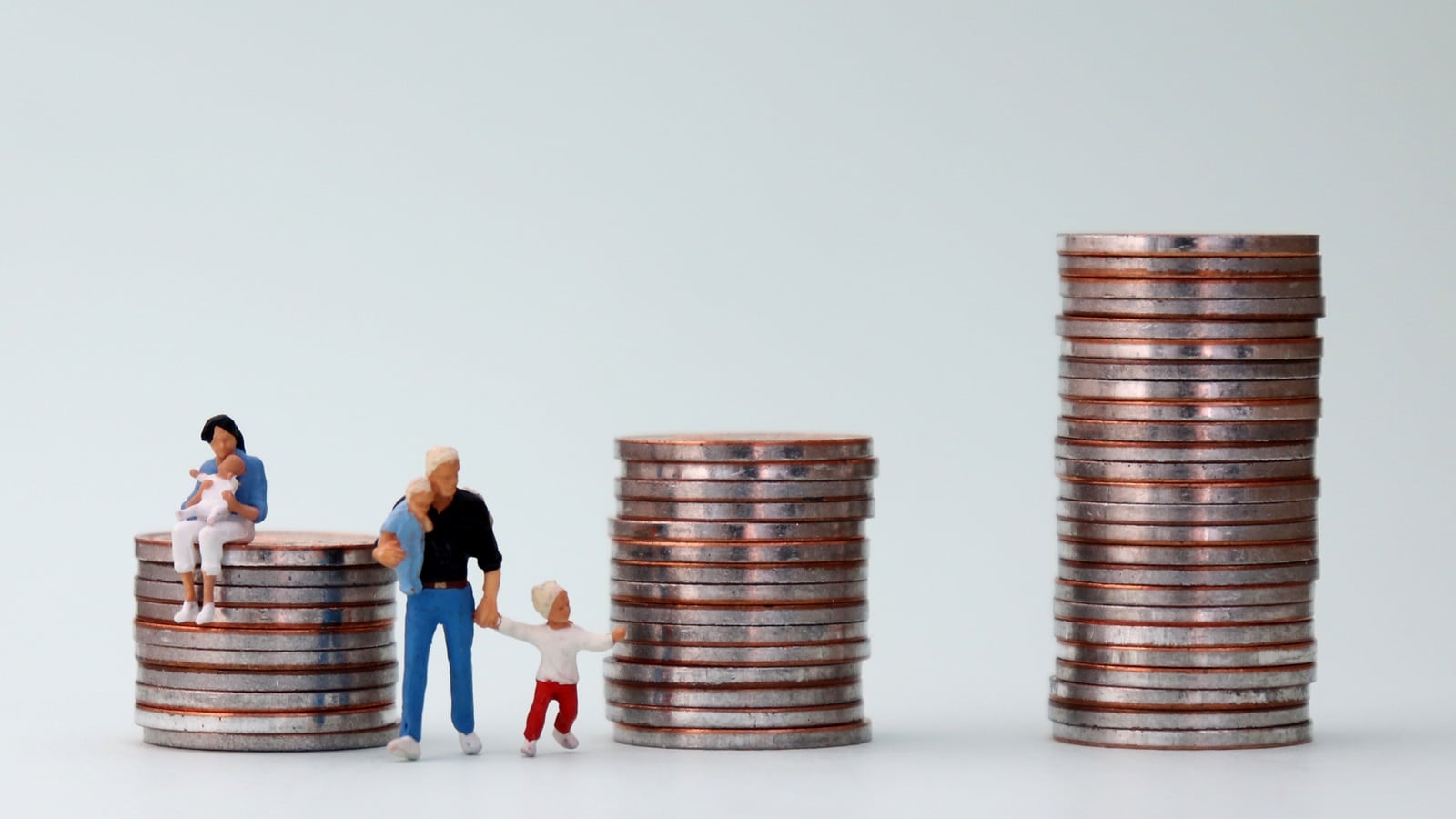
An investigation by investment platform Moneyfarm shows that in the UK, it costs an average of £1,030 a month to raise a child. This includes food, clothing, childcare, clubs etc.
Price of Living Too Much For Many

The simple reality is that these costs, added to increased housing, food and utility costs mean that for many, having a child is simply unaffordable.
Having Children Now a ‘Luxury Item’

Joeli Brearley, chief executive of Pregnant Then Screwed, said: “It is no surprise to us that fertility rates have hit the floor. Procreation has become a luxury item in the UK. Our research found that almost half of parents have been plunged into debt or had to use savings just to pay their childcare bill”
Why Is Birth Rate Important?

Dr Mary-Ann Stephenson said: “We need the babies who are born now, because they will be the people whose taxes pay for our healthcare. These will be the people looking after us in our old age. These will be the doctors and nurses and care workers of the future.”
Data Shows More Money Means More Babies

In a piece published by the Bank of England following the 2008 interest rate reduction, they say “In total, we estimate that monetary policy increased the birth rate in the following three years by around 7.5%. That’s around 50,000 extra babies.”
Reduced Outgoings Meant More Money to Raise Children

The bank said that “the sharp fall in Bank Rate amounted to a windfall of around £1,000 per quarter in lower mortgage payments”. It’s no surprise the birth rate went up as people felt wealthier.
Fewer Babies Has Long-Term Impact

When the birth rates drop, it means there’s a potential future population bulge. When a population ages, there are more people drawing pensions and using the NHS, and fewer people of working age paying into pension pots.
GDP Suffers

When there are fewer people of working age, productivity drops and gross domestic product is lower. Countries become poorer.
Government Spending and Borrowing Has to be Adjusted

With fewer workers, there is a reduction in tax income for the government. This means public spending on services has to be cut, or government borrowing needs to increase to maintain service function.
Immigration is an Answer

Governments can solve issues with work forces and population decline by encouraging immigration, but that isn’t without its problems domestically. Some developed economies are actively encouraging immigration to solve their population issues.
Too Early to Tell If It’s a Blip or a Trend
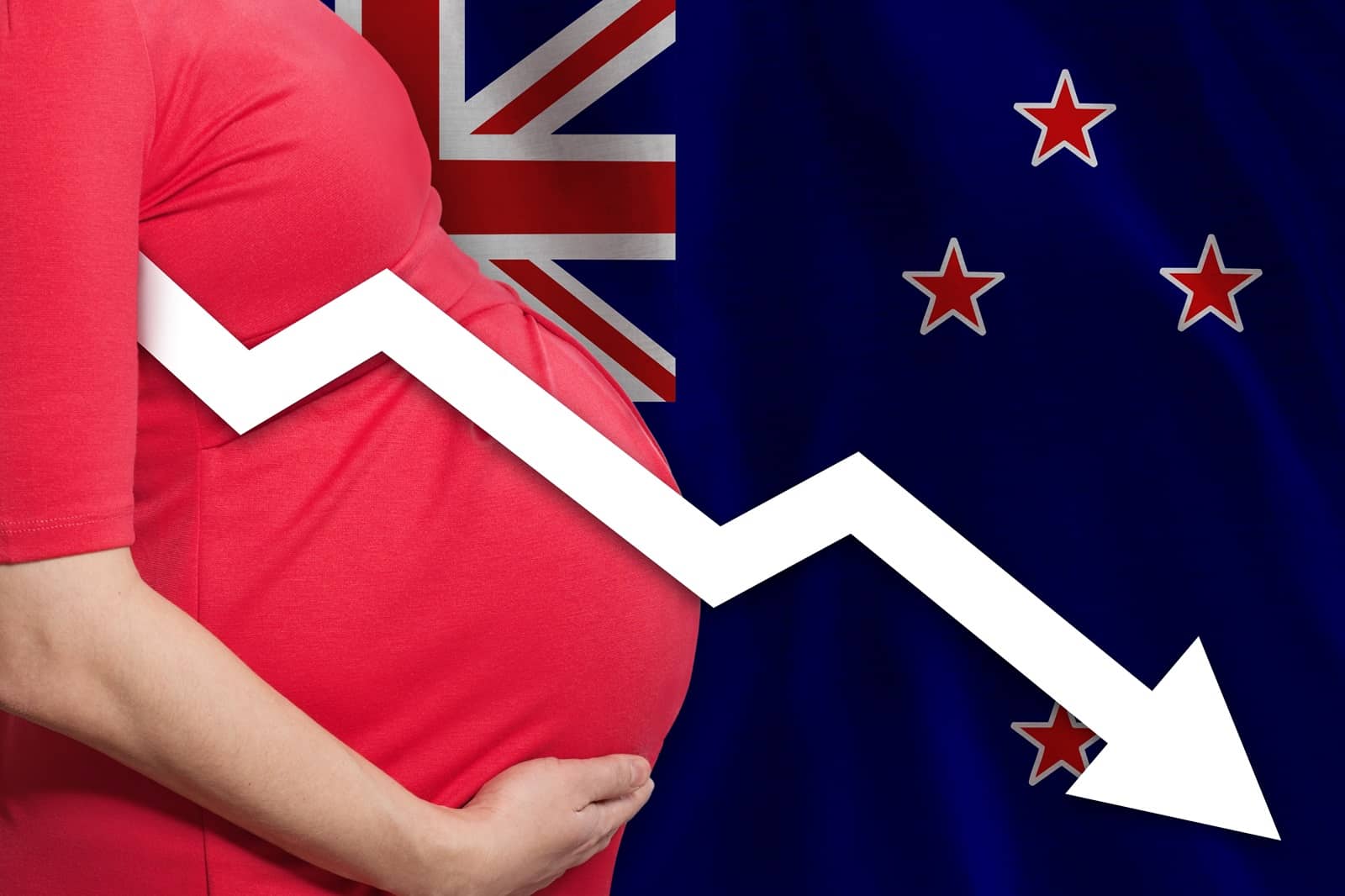
Right now there isn’t enough data to show whether or not this is a blip, or a sign of a longer-term trend. As the fiscal picture changes, perhaps we’ll see a reversal of the lower birth rates.
Aims For 2.1 Total Fertility Rate
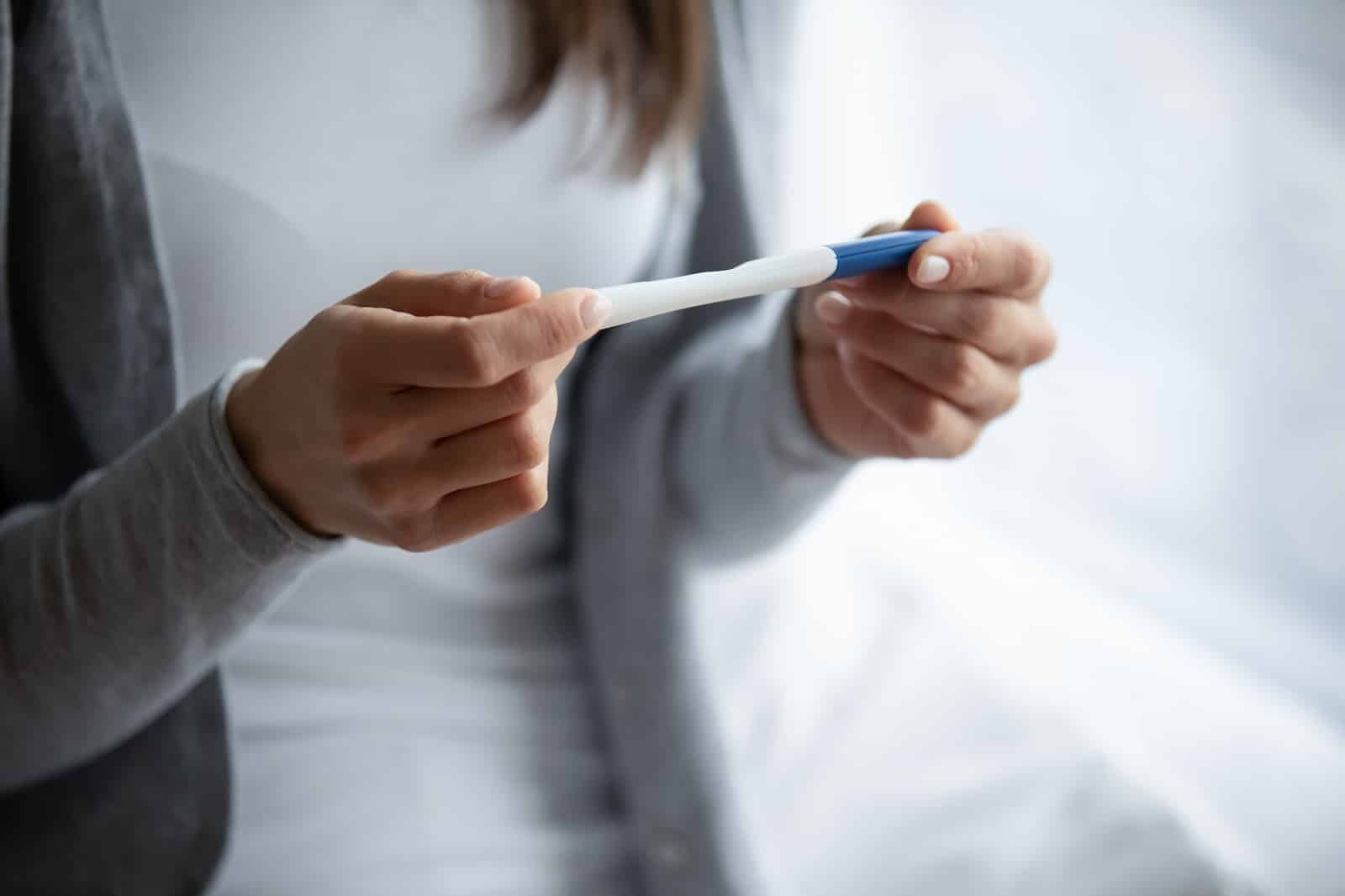
To maintain a population, we need a TFR of 2.1, which sees us replacing ourselves and preventing a population bulge, where we have too many retired people and not enough workers.
Government Policy Will Need to Change

Whilst work has been done (30 hours free childcare for example), if the government wants to encourage more couples to start a family, they’ll have to make it easier. Financial and occupational support would be a good start.
The post ONS Data Highlights UK’s Lowest Birth Rate in Over Eight Decades – What’s Behind It? first appeared on Swift Feed.
Featured Image Credit: Shutterstock / fizkes.

